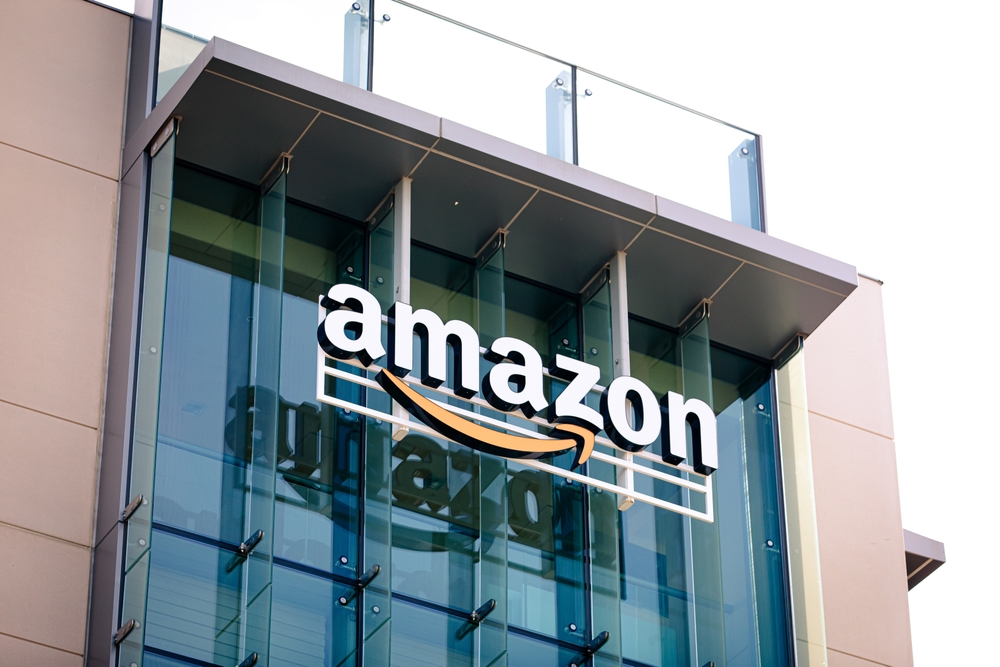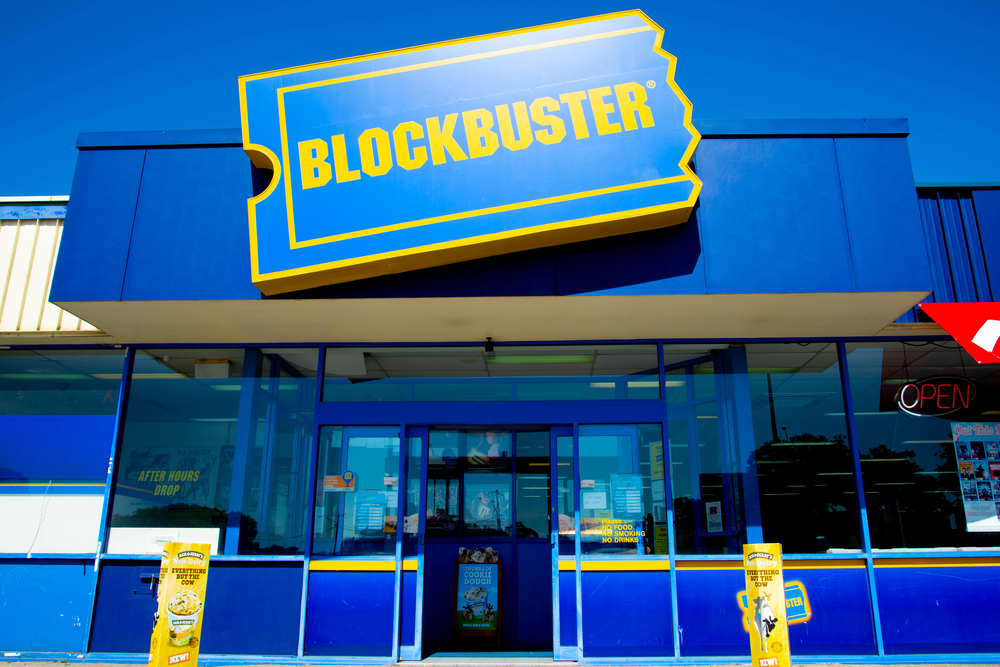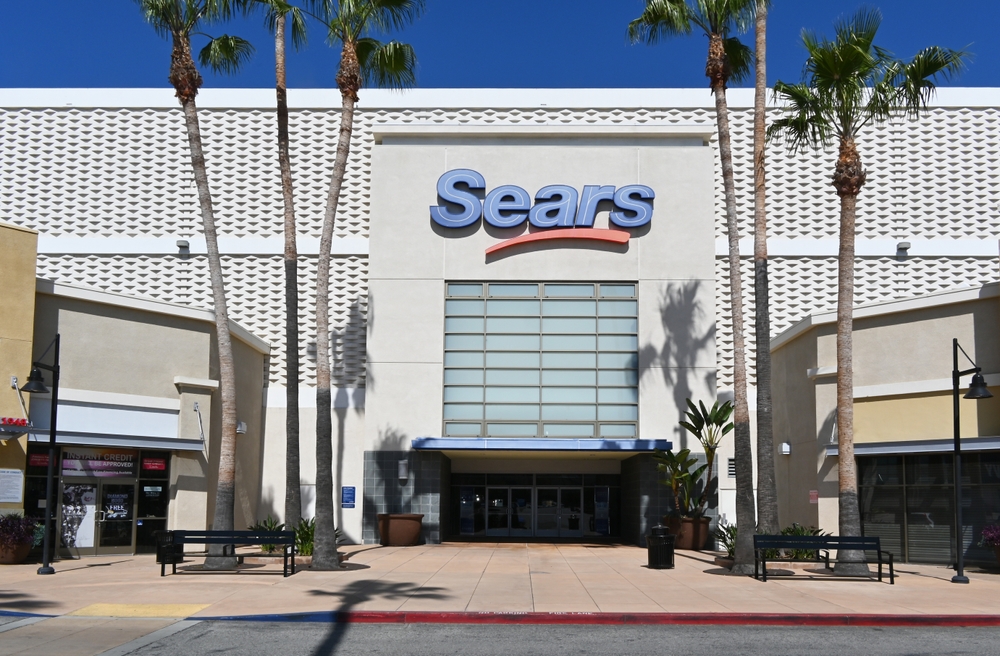Investing is an art and science that requires a mix of foresight, patience, and sometimes a little bit of luck. Throughout recent U.S. history, we’ve seen some investments that turned fortunes around seemingly overnight and others that crashed spectacularly. Whether you’re a seasoned investor or a novice just starting out, there’s something to learn from both the smartest and the dumbest investments. So, let’s dive into these examples and discover what makes them tick—or flop.
1. Apple’s Resurgence: Betting Big on Innovation

Apple was not always the financial juggernaut it is today. Back in the late 1990s, the company was struggling, and many experts speculated its days were numbered. However, the return of Steve Jobs and a focus on innovative products like the iMac, iPod, and eventually the iPhone propelled Apple to unprecedented heights. According to Forbes, Apple’s commitment to sleek design and user-friendly technology helped it capture a massive market share.
The company’s stock price skyrocketed, making early investors very wealthy. The introduction of the App Store also created an ecosystem that encouraged customer loyalty and brought in new revenue streams. Apple’s focus on innovation and brand loyalty proved to be a winning strategy. In hindsight, investing in Apple during its low points was one of the smartest moves an investor could make.
2. Pets.com: The Dot-Com Bubble’s Poster Child

When the dot-com bubble was inflating in the late 1990s, Pets.com seemed like an exciting investment opportunity. It was a company that promised to revolutionize the way people bought pet supplies by offering a convenient online shopping experience. However, the business model was not well thought out, and the company spent more on marketing than it made in sales. According to Business Insider, Pets.com’s infamous sock puppet mascot and Super Bowl ad only temporarily boosted public awareness.
The company went public in 2000 and was defunct by the end of the year, making it one of the most notable failures of the dot-com era. Investors lost millions, and Pets.com became a cautionary tale of overvalued tech stocks and the importance of a sustainable business model. Despite its failure, the meteoric rise and fall of Pets.com serve as a lesson in due diligence and the perils of hype-driven investing. It’s a classic example of why not every flashy new idea is worth your money.
3. Amazon: From Online Bookstore to E-commerce Titan

Amazon started as a small online bookstore, but Jeff Bezos had grand ambitions from the very beginning. The company consistently reinvested its earnings into expanding into new markets, which eventually included everything from cloud computing to grocery delivery. According to The Motley Fool, Amazon’s relentless focus on customer satisfaction and innovation has allowed it to dominate multiple industries.
Today, Amazon is one of the most valuable companies in the world, and its stock has provided astronomical returns for early investors. The company’s ability to adapt and explore new ventures, while maintaining its core values, has been key to its success. Amazon’s story proves that thinking beyond the current market can yield extraordinary results. For anyone who invested back in the 1990s, Amazon was an investment that turned out to be incredibly smart.
4. Blockbuster’s Missed Opportunity: Netflix Gets the Last Laugh

Back in the early 2000s, Blockbuster was a household name, dominating the video rental market. However, the company made a critical mistake by underestimating the potential of digital media. When Netflix approached Blockbuster with an offer to buy the fledgling company, Blockbuster declined, seeing it as a niche player. This decision is now considered one of the biggest missed opportunities in business history.
While Blockbuster stuck to its brick-and-mortar model, Netflix embraced streaming technology and quickly became a global force in digital entertainment. Today, Blockbuster is a relic of the past, while Netflix has set the standard for how we consume media. This story serves as a stark reminder of the dangers of complacency and failing to adapt to technological advancements. For Blockbuster, the decision not to invest in the future proved to be a costly mistake.
5. Tesla: A Risky Bet That Paid Off

Tesla has been one of the most talked-about companies in recent years, and for good reason. Founded by Elon Musk, Tesla aimed to revolutionize the automotive industry with electric vehicles and sustainable energy solutions. Despite facing numerous challenges, including production delays and financial struggles, Tesla’s long-term vision and innovative spirit have paid off. Today, the company is a leader in electric vehicle manufacturing and has a strong presence in the energy sector.
Investors who believed in Musk’s vision and weathered the ups and downs have been handsomely rewarded as Tesla’s stock has surged. The company continues to push boundaries, with ongoing advancements in battery technology and autonomous driving. Tesla’s story is a testament to the potential rewards of investing in disruptive technology and visionary leadership. For those who took the plunge, Tesla was undoubtedly a smart investment.
6. Enron: A House of Cards

In the late 1990s, Enron was considered one of the most innovative companies, transforming the energy sector with its bold strategies. However, the company’s success was built on a foundation of accounting fraud and deceit. Enron’s executives used complex financial instruments to hide losses and inflate profits, misleading investors and analysts. When the truth came out, Enron’s stock plummeted, and the company filed for bankruptcy in 2001.
The Enron scandal led to billions in losses for investors and shook public confidence in corporate governance. It also resulted in significant legal and regulatory changes, including the Sarbanes-Oxley Act, which aimed to protect investors from corporate fraud. Enron serves as a stark reminder of the importance of transparency and ethical business practices. For those caught in the fallout, investing in Enron was a disastrous decision.
7. Bitcoin: The Cryptocurrency Roller Coaster

Bitcoin has been one of the most polarizing investments of the 21st century. Introduced in 2009, it promised a decentralized, digital alternative to traditional currencies. Early adopters who held onto their investments have seen astronomical returns, as Bitcoin’s value skyrocketed over the years. However, the cryptocurrency’s journey has been far from smooth, with extreme volatility and regulatory scrutiny causing frequent price swings.
Despite these challenges, Bitcoin has gained mainstream acceptance and is now considered a legitimate asset by many investors and institutions. The rise of Bitcoin has also paved the way for the broader cryptocurrency market, leading to the emergence of numerous altcoins and blockchain-based technologies. While the future of Bitcoin remains uncertain, its impact on the financial world is undeniable. For those who took the risk early on, investing in Bitcoin was a bold yet rewarding move.
8. Kodak: Missing the Digital Revolution

Once a giant in the photography industry, Kodak was synonymous with film photography for much of the 20th century. However, the company’s reluctance to embrace digital technology led to its downfall. Despite inventing the first digital camera in 1975, Kodak was slow to commercialize the technology, fearing it would cannibalize its film business. As digital photography gained popularity, Kodak struggled to compete with more agile rivals.
By the time Kodak tried to catch up, it was too late, and the company filed for bankruptcy in 2012. Kodak’s failure to adapt to changing consumer preferences and technological advancements is a classic example of how not to manage innovation. The company’s story highlights the dangers of clinging to outdated business models and the importance of staying ahead of industry trends. For investors, Kodak’s decline was a cautionary tale of missed opportunities.
9. Facebook: The Social Media Powerhouse

Facebook, now Meta Platforms, has transformed from a college networking site into a global social media titan. Founded by Mark Zuckerberg in 2004, the company quickly expanded beyond universities, attracting millions of users worldwide. Facebook’s success is largely attributed to its ability to monetize user data, creating targeted advertising solutions that appeal to businesses of all sizes.
Despite facing numerous controversies over privacy and data security, the company has continued to grow, cementing its position as a dominant force in tech. Facebook’s acquisitions of Instagram and WhatsApp further solidified its influence in the social media landscape. For early investors, the company’s rapid growth and strategic moves have led to substantial returns. Facebook’s journey underscores the potential of social media as a powerful investment opportunity.
10. Myspace: A Cautionary Tale in Social Networking

Before Facebook dominated the social media scene, there was Myspace. Launched in 2003, Myspace quickly became one of the most visited websites in the world, offering users a platform to connect and share content. However, the company’s lack of focus on user experience and innovation allowed competitors like Facebook to gain ground. Myspace struggled to evolve its platform, ultimately losing its user base.
The acquisition by News Corporation in 2005 for $580 million initially seemed promising but failed to revive the company’s fortunes. By the early 2010s, Myspace was a shadow of its former self, serving as a stark reminder of the importance of adaptability and understanding your audience. For investors who bet on Myspace’s early success, the decline was a disappointing outcome. This story highlights the fast-paced nature of the tech industry and the importance of continuous improvement.
11. Google: Search Engine to Alphabet Empire

Google began as a simple search engine in 1998, but its innovative approach to organizing information quickly set it apart. The company’s focus on delivering relevant search results attracted a massive user base, enabling Google to effectively monetize through targeted advertising. Google’s strategic acquisitions and investments in various technologies, including Android and YouTube, have further cemented its position as a tech giant.
The formation of Alphabet Inc. in 2015 marked a new chapter for the company, allowing it to explore diverse ventures beyond its core search business. Google’s continued commitment to innovation and expansion has resulted in substantial returns for investors. The company’s journey from a small startup to a global powerhouse is a testament to the potential of visionary thinking and strategic growth. For those who invested early, Google has been a remarkable success story.
12. Sears: A Retail Giant’s Descent

Sears was once a dominant force in the retail industry, revolutionizing shopping with its mail-order catalogs and department stores. However, the company’s inability to adapt to changing consumer preferences and the rise of e-commerce contributed to its decline. Sears struggled to compete with more agile competitors, ultimately filing for bankruptcy in 2018. The company’s failure to modernize its business model and invest in digital infrastructure proved costly.
For investors, Sears’ decline was a sobering reminder of the importance of innovation and adaptability in retail. The company’s story highlights the challenges faced by traditional retailers in an increasingly digital world. Sears serves as a cautionary tale for businesses that resist change and fail to embrace new technologies. Investors who held onto Sears’ stock during its decline saw their investments diminish significantly.
13. Uber: Transforming Transportation, Facing Challenges

Uber revolutionized the transportation industry with its ride-sharing platform, challenging traditional taxi services and creating a new market for on-demand rides. Launched in 2009, the company’s rapid expansion and aggressive marketing strategies helped it gain a significant foothold in cities worldwide. Uber’s disruptive business model attracted substantial investment, propelling its valuation to billions of dollars.
However, the company has faced numerous challenges, including regulatory hurdles, legal battles, and concerns over driver treatment. Despite these issues, Uber continues to innovate, exploring areas such as autonomous vehicles and food delivery. The company’s journey underscores the potential rewards and risks of investing in disruptive technology. For those who invested in Uber early on, the ride has been both exhilarating and bumpy.
14. General Electric: From Industrial Powerhouse to Struggles

General Electric (GE) was once an iconic American company, known for its innovation and leadership across various industries. However, in recent years, GE has faced significant challenges, including declining revenues, mounting debt, and a shrinking market share. The company’s struggles have been attributed to poor management decisions, including overexpansion and a lack of focus on core businesses.
GE’s stock price has suffered as a result, leading to substantial losses for investors who held onto their shares. The company’s story serves as a reminder of the importance of strategic leadership and the risks associated with diversification without a clear plan. For investors, GE’s decline has been a lesson in the complexities of managing a conglomerate. The company’s ongoing efforts to restructure and refocus offer hope for a potential turnaround.
15. Snapchat: A Social Media Story with Twists and Turns

Snapchat, launched in 2011, quickly gained popularity among younger users with its unique disappearing messages and playful features. The company’s innovative approach to social media attracted substantial investment, leading to a successful IPO in 2017. However, Snapchat has faced stiff competition from larger rivals like Facebook and Instagram, which have replicated many of its features.
Despite these challenges, Snapchat has continued to evolve, introducing new features and expanding its user base. The company’s journey highlights the fast-paced nature of the social media industry and the importance of continuous innovation. For early investors, Snapchat’s success has been a roller coaster ride, marked by both highs and lows. The company’s ability to adapt and maintain its relevance offers valuable insights for those looking to invest in the digital space.
This article is for informational purposes only and should not be construed as financial advice. Consult a financial professional before making investment or other financial decisions. The author and publisher make no warranties of any kind.








